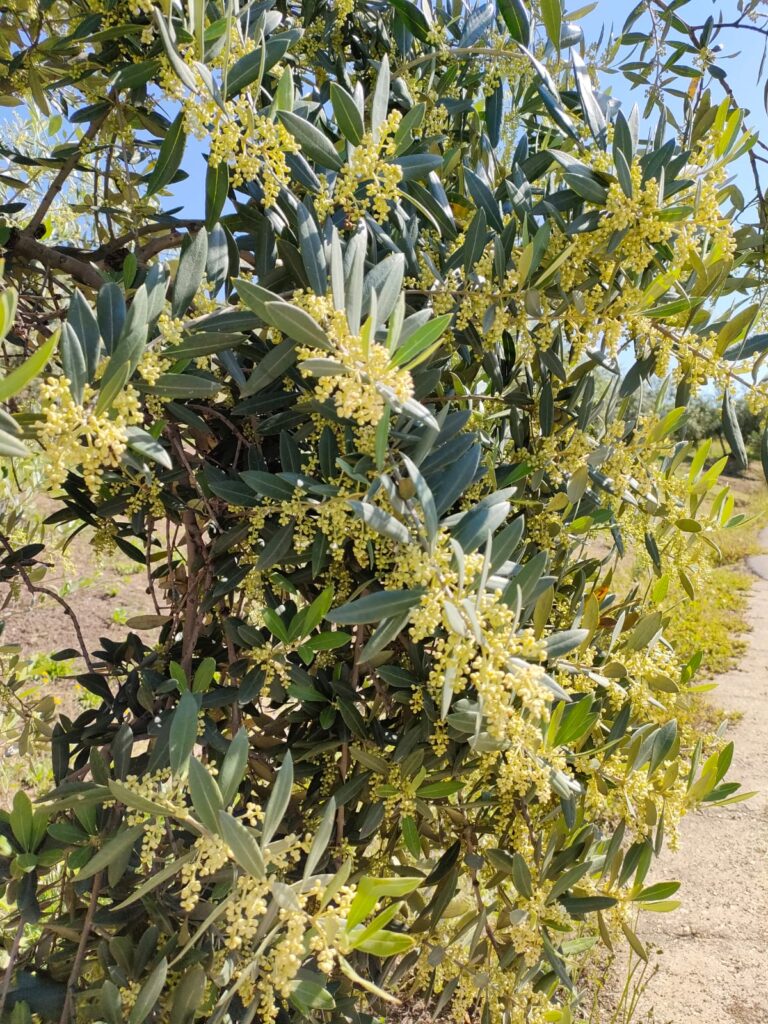We are now well into spring, and although it is one of the most eagerly awaited seasons due to the explosion of color, good weather, and beautiful landscapes it brings, it also brings with it a less welcome visitor for many: allergies. Today, we want to talk to you about one of them in particular: olive pollen allergy.
If you are one of those people who starts to feel discomfort just when the fields are in bloom, keep reading. And if you’re not, we encourage you to read on too! Because we’re going to give you all the keys to understanding this seasonal discomfort that affects so many people.
Olive pollen allergy usually occurs between April and June, depending on the climate each year. In areas such as the Subbética region of Córdoba, where olive cultivation is an essential part of the landscape and our way of life, the concentration of plant matter suspended in the air can be particularly high during this period.
This pollen is one of the most allergenic types that exist. In fact, even a small amount in the air is enough to trigger symptoms in sensitive individuals.
Although it can be confused with a cold, there are clear signs that indicate it may be an allergy. The most common symptoms of olive pollen allergy are:
If you notice several of these symptoms just as spring arrives, you are most likely experiencing an allergic reaction. In that case, it is best to consult a specialist to confirm the diagnosis and evaluate possible treatments.

Although we cannot prevent olive trees from pollinating, there are several measures you can take to reduce your exposure to pollen and alleviate symptoms:
At Almazaras de la Subbética, we understand better than anyone the importance of olive trees in our region. They are part of our culture, our landscape, and our economy. But we also know that living with pollen can be difficult for some people. That’s why we believe that information is the best tool: knowing when pollination is at its peak, being prepared, and taking preventive action can make a big difference in your quality of life during the spring.
Knowing how to identify the symptoms and following a few simple guidelines can help you enjoy this season without compromising your well-being.